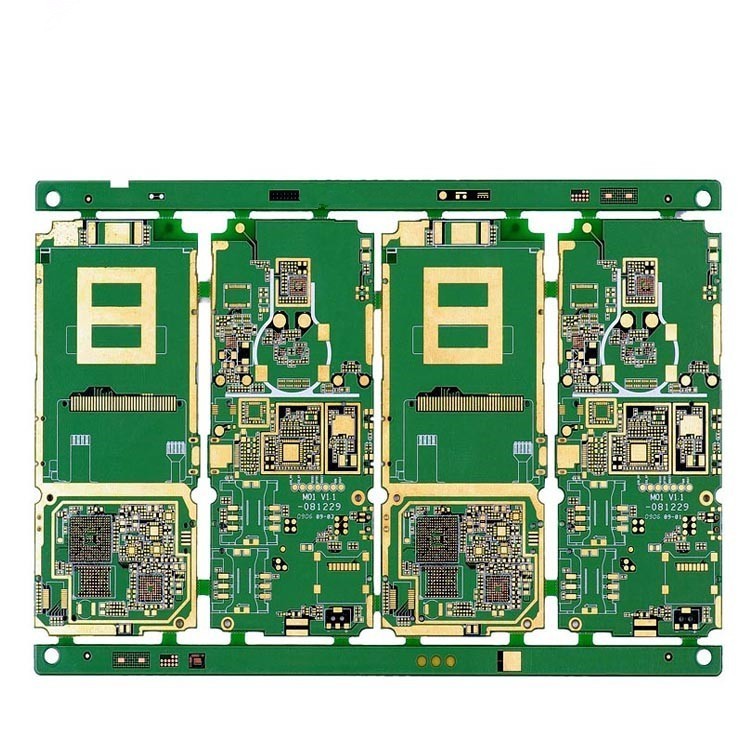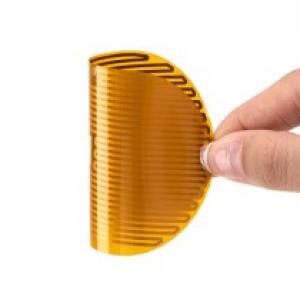Description
6 layer 1step HDI high-precision buried blind hole HDI PCB
Layers: 6
PCB board thick: 2.0 ± 0.15 mm
Plate used: FR4 ShengYi
Minimum hole diameter: 0.1mm
Surface treatment: ENIG
BGA size: 0.25mm
Minimum trace width/distance: 0.13mm/0.15mm
Blind hole structure: 2R+4F (6 layer 1step HDI)
Process characteristics: HDI blind hole process, high BGA density, small spacing between hole to trace
Application field: high-end digital camera
First-step HDI PCB refers to a circuit board manufactured using high-density interconnect (HDI) technology, in which the diameter of blind holes is less than or equal to 6 mils, the wiring width/gap between inner and outer layers is less than or equal to 4 mils, and the diameter of the pad is less than or equal to 0.35mm. The manufacturing process of first-step HDI PCB is relatively simple and well-controlled. The following are some characteristics and applications of first-step HDI PCB:
1. Characteristics:
- High-density wiring: It can achieve more circuit connections in a limited space to improve the integration degree of the circuit board.
- Small-aperture blind holes: Using micro-blind hole technology to reduce the aperture and improve the reliability and signal transmission performance of the connection.
- Good electrical performance: Due to the use of high-density interconnect technology, first-step HDI PCB has lower impedance, better high-frequency transmission ability and less electromagnetic interference.
2. Applications:
- Consumer electronics: Such as mobile phones, tablet computers, digital cameras, etc., which have high requirements for the size and performance of the circuit board.
- Communication equipment: Such as routers, switches, etc., which require high-density wiring and good signal transmission performance.
- Computer hardware: Such as notebook computers, servers, etc., which have relatively high requirements for the integration degree and performance of the circuit board.
In practical applications, first-step HDI PCB is usually combined with other PCB technologies to meet different design requirements.







